Request to promote linkage
Regarding rice production, in recent times, many farmers have really benefited from participating in large-scale field models and models of linking production and consumption of rice by farmers in cooperatives and cooperative groups associated with consumption contracts of enterprises. Farmers have been assured of product output and have conditions to improve production efficiency and profits thanks to promoting mechanization, synchronously applying scientific and technological advances to increase productivity, quality, product selling prices and reduce input costs. Enterprises have stable raw material areas, thereby having conditions to stabilize and improve product quality, helping to expand the consumption market and sell at high prices thanks to being able to enter high-end, demanding market segments. However, due to the lack of participation of enterprises and the difficulties, linkages along the rice value chain are still limited, and the efficiency of rice production in many places is not as high as expected. The income of most rice farmers is still low, product output prices are not stable, straw and by-products in the rice production process have not been exploited and their full value has not been promoted.
Harvesting rice with a combine harvester at the high-quality and low-emission rice production model at Tien Dung Cooperative, Co Do District, Can Tho City.
To improve production efficiency and enhance the rice value chain, it is necessary to promote chain linkages, with close linkages between farmers, businesses and relevant parties to reorganize production, processing and consumption of products more effectively and sustainably, adapting to climate change. This is also one of the important goals and orientations set out in the 1 million hectare rice project. The project aims to reorganize production to form and sustainably develop specialized high-quality rice areas associated with green growth in the Mekong Delta on a large scale to increase rice growers' income and the efficiency of the rice value chain. At the same time, it helps reduce greenhouse gas emissions and adapt to climate change, protect the ecological environment, contribute to ensuring national food security and effective export, contributing to the sustainable development of the Mekong Delta, adapting to climate change.
Need a synchronized solution
In Can Tho City, the Department of Economic Cooperation and Rural Development under the Ministry of Agriculture and Environment has just coordinated with the School of Public Policy and Rural Development to organize a workshop on the role and solutions to attract and mobilize farmers, businesses and organizations to participate in the implementation of the 1 million hectare rice project. At this workshop, many delegates recommended that central and local authorities should increase training and propaganda activities on the 1 million hectare rice project and the implementation of rice value chain linkages. Timely support farmers, businesses and cooperatives to remove difficulties in developing production and consumption linkages according to the high-quality, low-emission rice value chain in localities in the Mekong Delta. Promote connection activities, support the construction and development of cooperatives, cooperatives, train human resources for cooperative management, upgrade infrastructure to participate in the sustainable rice production and business chain...
According to Dr. Tran Minh Hai, Vice Principal of the School of Public Policy and Rural Development, Vice President of the Vietnam Rice Industry Association, provinces and cities in the Mekong Delta need to identify and announce the areas participating in the 1 million hectare rice project in specific areas of their localities so that people, cooperatives, and businesses know and participate in linking and implementing the project. Thereby, reorganizing the rice industry, reducing input costs, reducing emissions, producing environmentally friendly and sustainable products, protecting farmers' health, while improving production efficiency, improving product quality and prices, and increasing income for farmers and related parties. According to Mr. Nguyen Minh Tuan, Chairman of the Board of Directors, Green Hau Giang Food Processing Company Limited, the contractual relationship between enterprises and cooperatives often has conflicts and is unsustainable because the interests of both parties are not resolved in harmony. To ensure a long-term and sustainable link between enterprises, cooperatives and farmers, it is necessary to pay attention to coordination and regular information exchange to build a contract linking production and consumption of rice to ensure harmony of interests and sharing of difficulties, especially when rice prices fluctuate.
In reality, linking the rice value chain in the Mekong Delta still faces many difficulties and obstacles because rice prices often fluctuate up and down. Farmers in many places have not yet fully understood the benefits and importance of linking, so they have not yet promptly changed their awareness and actions. Currently, most new businesses mainly sign contracts to purchase products, but have not really linked in the chain, with participation in investment, supply of input materials and guidance for farmers to apply cultivation processes to have quality products, meeting orders. Ms. Tran Thi Kim Thuy, Deputy Head of the Department of Cultivation and Plant Protection under the Department of Agriculture and Environment of Can Tho City, said: “To promote chain linkage and effectively implement the 1 million hectare rice project, it is necessary to review and remove difficulties, focus on building large production areas, industry chain linkage areas to be able to apply new technologies and techniques to ensure sustainable cultivation, reduce emissions, and adapt to climate change. Timely have policies to support investment in machinery, equipment, infrastructure…”.
According to Ms. Thuy, the current difficulty in chain linkage is that many farmers produce on a small household scale, making it difficult to build large-scale production areas. Most rice farmers are old, so they have difficulty accessing scientific and technical advances and are afraid of change. Meanwhile, most cooperatives have a small number of members and cultivation areas, and do not have enough capacity to provide services for businesses. Cooperatives also have limited operational capacity and lack capital to provide services to members and households participating in the linkage. Businesses also lack capital to invest in linkages. Some businesses have not boldly invested in and purchased rice from farmers at reasonable prices to create their own raw material areas and create long-term connections with the people... These are difficulties and limitations that need to be resolved promptly.
Article and photos: KHANH TRUNG
Source: https://baocantho.com.vn/lien-ket-chuoi-de-thuc-hien-tot-de-an-1-trieu-hec-ta-lua-a186868.html




![[Photo] Welcoming ceremony for Hungarian President Sulyok Tamas and his wife on an official visit to Vietnam](https://vphoto.vietnam.vn/thumb/1200x675/vietnam/resource/IMAGE/2025/5/28/7956bacf4a3e4bde8326cb8f72a3b26c)
![[Photo] President Luong Cuong holds talks with Hungarian President Sulyok Tamás](https://vphoto.vietnam.vn/thumb/1200x675/vietnam/resource/IMAGE/2025/5/28/0f603676be6444aa9f52d4bd32582b4d)
![[Photo] Hungarian President and his wife take a walk and enjoy the view of Hoan Kiem Lake](https://vphoto.vietnam.vn/thumb/1200x675/vietnam/resource/IMAGE/2025/5/28/b9c83fbe6d5849a4805f986af8d33f39)
![[Photo] Hungarian President begins official visit to Vietnam](https://vphoto.vietnam.vn/thumb/1200x675/vietnam/resource/IMAGE/2025/5/27/ab75a654c6934572a4f1a566ac63ce82)

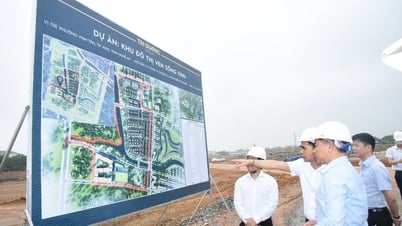

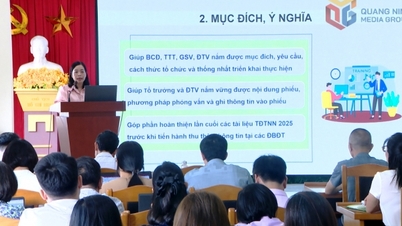

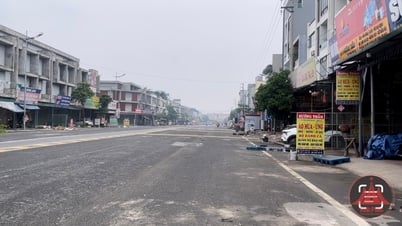


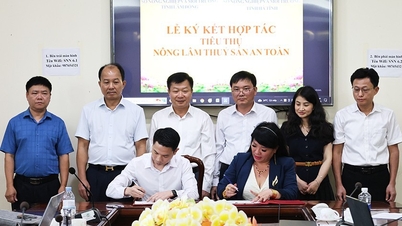

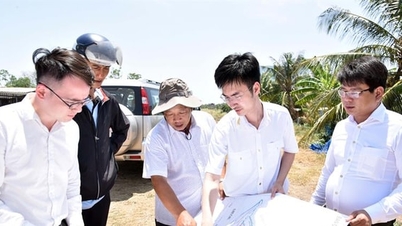





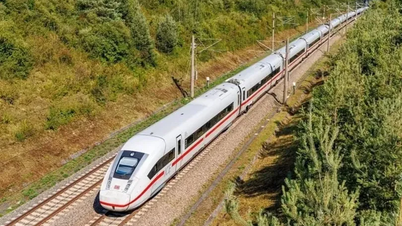
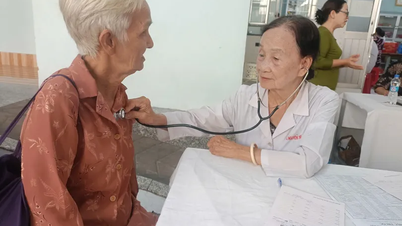
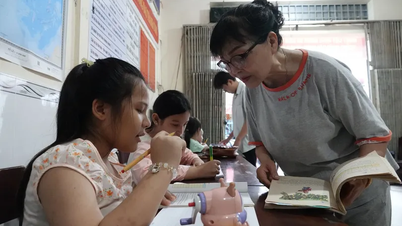

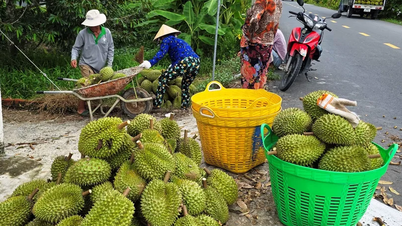
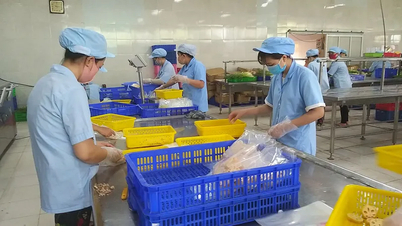

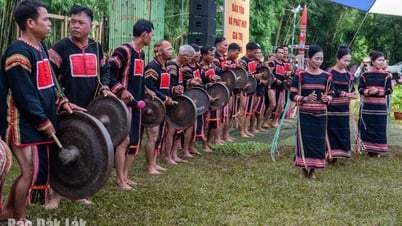

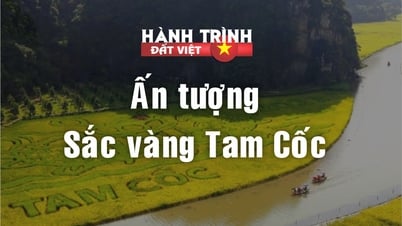



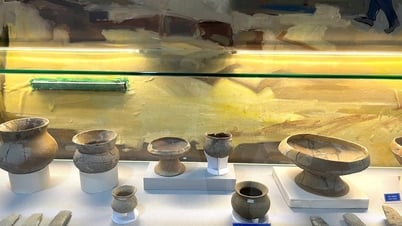



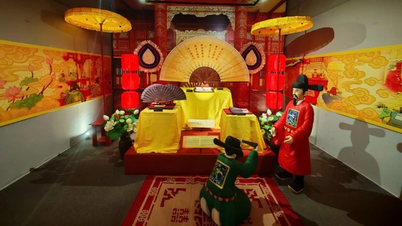










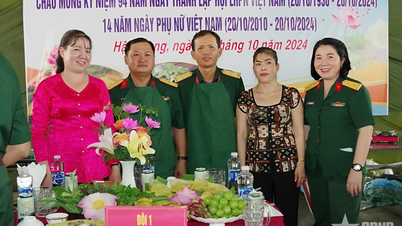

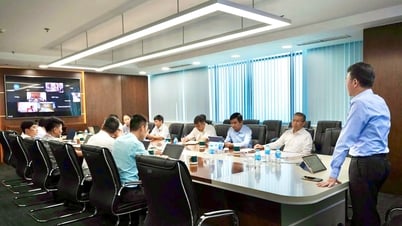

![[Case Study] VIMC – 30-year journey of overcoming waves and reaching far](https://vphoto.vietnam.vn/thumb/402x226/vietnam/resource/IMAGE/2025/5/28/ac45a93a62884eec85471e6c89ef521a)
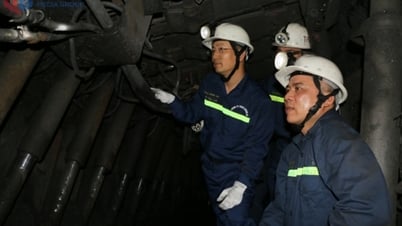

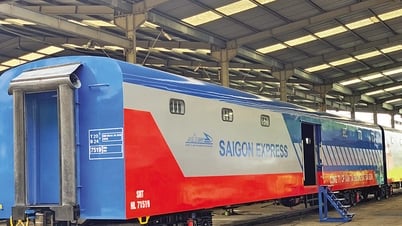
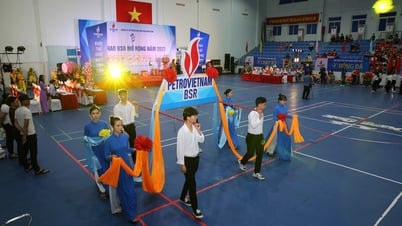
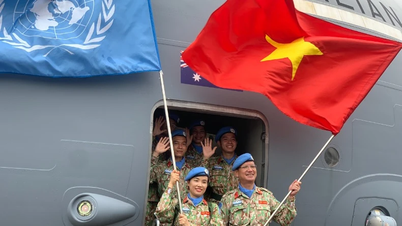
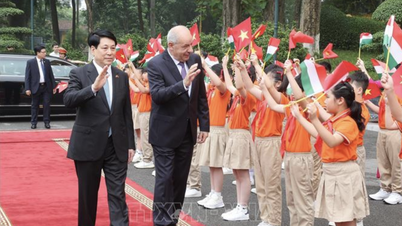


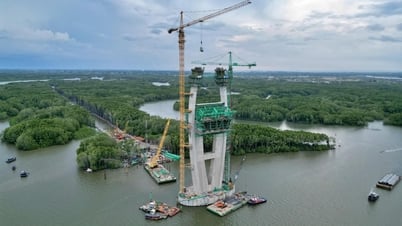




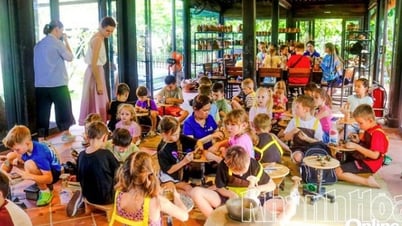
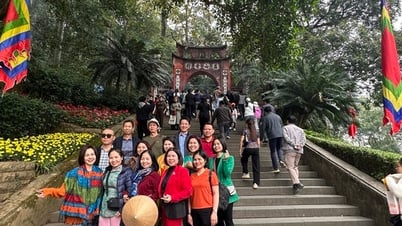


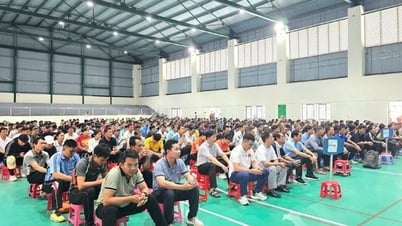
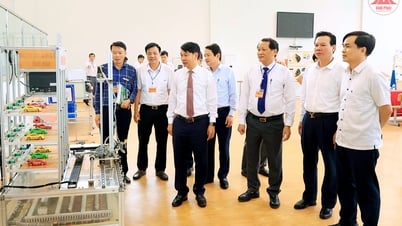
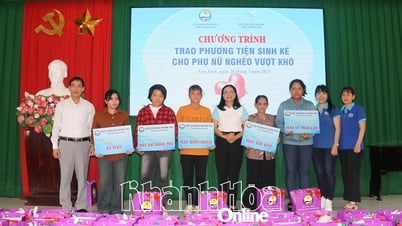

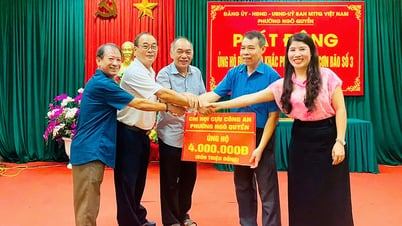
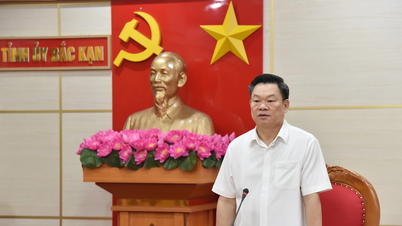

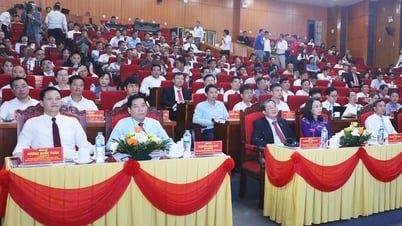

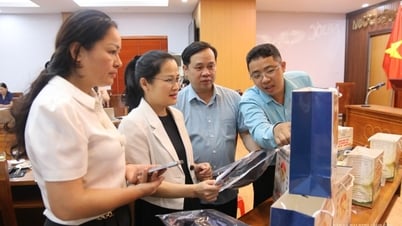

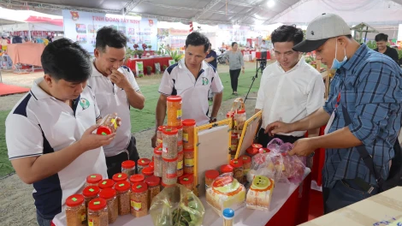

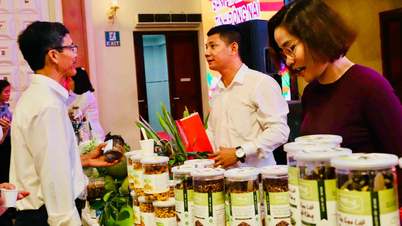

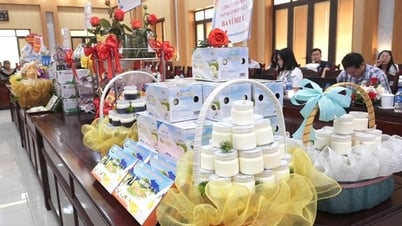
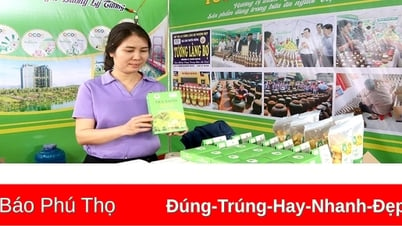

Comment (0)